Imagine building complex, lightweight structures with incredible strength. That’s the magic of AlSi12 powder, a game-changer in the world of 3D printing. But what exactly is this metallic marvel, and how is it revolutionizing manufacturing? Buckle up, because we’re diving deep into the fascinating world of AlSi12 powder!
Composition and Creation of AlSi12 Powder
At its core, AlSi12 powder is a finely-ground alloy – a blend of metals – specifically composed of aluminum and silicon. The magic number 12? That represents the silicon content, typically ranging between 11% and 13.3% by weight. This specific ratio unlocks a unique set of properties that make AlSi12 powder a superstar in 3D printing.
So, how do we transform these everyday metals into a revolutionary powder? The process involves atomization, a technique where molten aluminum-silicon alloy is rapidly cooled. Imagine a high-pressure stream breaking apart the liquid metal into tiny droplets that solidify mid-air, forming these fine, metallic grains. This rapid cooling creates a unique powder with exceptional flowability – a fancy term for how easily the particles move and pack together. This characteristic is crucial for smooth and efficient 3D printing processes.
But why silicon? Here’s the secret sauce: silicon acts as a strengthening agent. By adding it to aluminum, we create a composite material that’s significantly stronger and more castable than pure aluminum. It’s like adding reinforcements to concrete – a small tweak that yields big results!
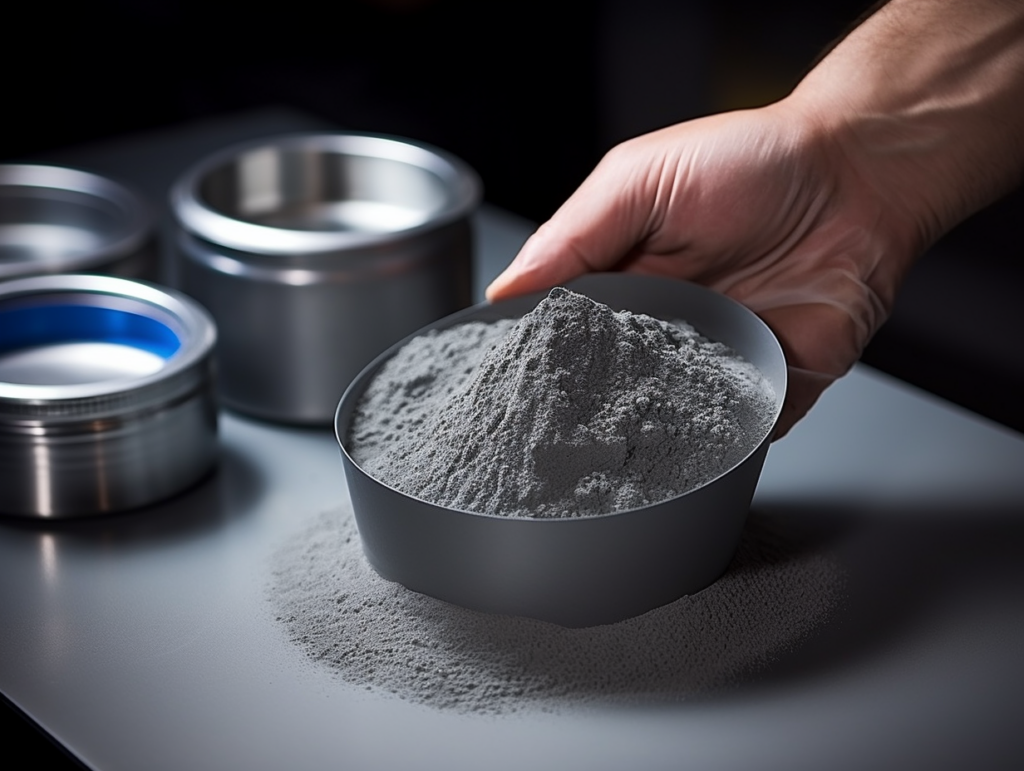
Advantages of AlSi112 Powder
When it comes to 3D printing, AlSi12 powder boasts a winning combination of properties:
- Strength: Compared to pure aluminum, AlSi12 powder offers significantly enhanced strength. This allows for the creation of functional parts that can withstand higher loads and stresses. Think of it as building with Legos versus steel beams – a massive difference in what your creation can handle!
- Lightweight: Despite its newfound strength, AlSi12 powder retains the inherent lightness of aluminum. This makes it ideal for applications where weight reduction is a priority, such as in aerospace and automotive components. Imagine a car that’s lighter yet stronger – that’s the power of AlSi12 powder at play!
- Excellent Flowability: As mentioned earlier, the way the powder particles move and pack together is crucial for successful 3D printing. AlSi12 powder excels in this department, ensuring smooth and consistent material deposition during the printing process. It’s like baking a cake – if your flour doesn’t flow well, you’ll end up with lumps! AlSi12 powder ensures a “lump-free” printing experience.
- Castability: AlSi12 powder also demonstrates impressive castability. This means it can be easily molded into complex shapes, making it perfect for creating intricate 3D printed parts with exceptional detail. Think of it like creating sandcastles – the finer the sand, the more intricate the designs you can build!
- Wide Range of Applications: The versatility of AlSi12 powder is truly remarkable. It finds applications in various industries, including aerospace (think lightweight aircraft components), automotive (think stronger, lighter car parts), and even in the medical field (think prosthetics and implants). It’s like a universal tool that can be adapted to various needs.
Applications of AlSi12 Powder
The applications of AlSi12 powder extend far beyond mere possibilities. Here are some real-world examples where this wonder material is making waves:
- Aerospace: In the relentless pursuit of lightweight yet durable aircraft components, AlSi12 powder shines. It’s used to create parts like brackets, housings, and even heat exchangers, contributing to more fuel-efficient and lighter airplanes.
- Automotive: The automotive industry is constantly striving to reduce car weight while enhancing performance. AlSi12 powder steps up to the challenge. It’s used to create components like wheels, engine parts, and even structural elements, making cars lighter and more efficient.
- Medical Field: The potential of AlSi12 powder in the medical field is truly inspiring. It’s being explored for creating custom-designed prosthetics and implants, offering patients a new level of functionality and personalization.
- Prototyping: The ability to create complex shapes with high accuracy makes AlSi12 powder ideal for prototyping. Engineers and designers can rapidly create functional prototypes to test and refine their ideas before mass production.
Beyond these examples, the potential applications of AlSi12 powder are constantly expanding.
-
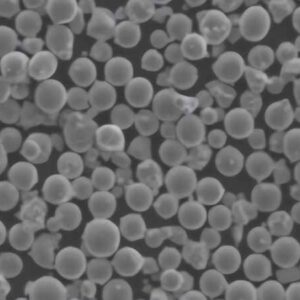 NiCoCrAlY alloys powders
NiCoCrAlY alloys powders -
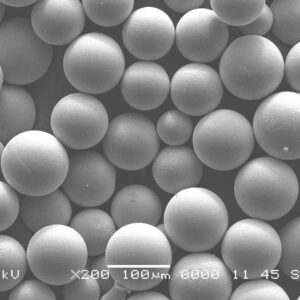 Rene 142 alloy-Rene Powder
Rene 142 alloy-Rene Powder -
 Haynes 25 Haynes Powder
Haynes 25 Haynes Powder -
 Best Hastelloy C-22 Powder-High temperature alloy Powder for 3D Printing
Best Hastelloy C-22 Powder-High temperature alloy Powder for 3D Printing -
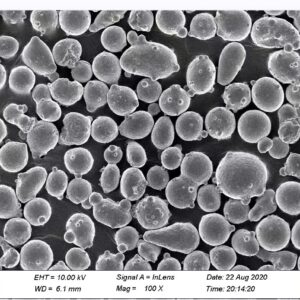 Best Hastelloy C-276 Powder-High temperature alloy Powder for 3D Printing
Best Hastelloy C-276 Powder-High temperature alloy Powder for 3D Printing -
 Best Hastelloy N Powder-High temperature alloy Powder for 3D Printing
Best Hastelloy N Powder-High temperature alloy Powder for 3D Printing -
 Best Hastelloy B Powder丨High temperature alloy Powder for 3D Printing
Best Hastelloy B Powder丨High temperature alloy Powder for 3D Printing -
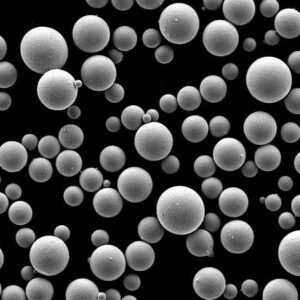 FGH95 Ni-base Alloy Powder | Nickel Alloy Powder
FGH95 Ni-base Alloy Powder | Nickel Alloy Powder -
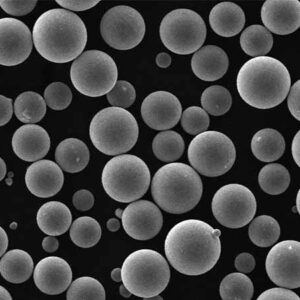 CMSX-4 Nickel Alloy Powder | Nickel Alloy Powder
CMSX-4 Nickel Alloy Powder | Nickel Alloy Powder
The Price Range of AlSi12 Powder
The cost of AlSi12 powder can vary depending on several factors, including:
- Purity: Like any material, the purer the AlSi12 powder, the higher the price tag. Higher silicon content typically translates to a slight increase in cost.
- Particle size: The size and distribution of the powder particles also play a role. Finer powders generally command a premium due to the additional processing involved in achieving a smaller particle size.
- Supplier: Competition in the market can influence pricing. Different suppliers may offer AlSi12 powder at varying costs, so shopping around can be beneficial.
Generally speaking, AlSi12 powder falls within a moderate price range compared to other metal powders used in 3D printing. This makes it an attractive option for a wider range of applications, particularly for prototyping and small-scale production runs.
Here’s an analogy to consider: Think of AlSi12 powder like high-quality flour for baking. While it might cost slightly more than generic flour, the superior results and finer texture often justify the price difference.
AlSi12 Powder vs. Other Metal Powders
While AlSi12 powder reigns supreme in many areas, it’s always good to explore alternatives. Here’s a quick comparison of AlSi12 powder with some of its competitors in the 3D printing metal powder arena:
- Stainless Steel Powders: Stainless steel powders offer excellent corrosion resistance, making them ideal for applications exposed to harsh environments. However, they are generally more expensive and less castable compared to AlSi12 powder.
- Titanium Powders: Renowned for their exceptional strength-to-weight ratio, titanium powders are the go-to choice for high-performance applications in aerospace and medical fields. However, their high cost and challenging printing process make them less suitable for broader use cases.
- Nickel Alloys: Offering a unique blend of strength, heat resistance, and corrosion resistance, nickel alloys are valuable for specific applications like turbine blades. However, similar to titanium powders, they come with a hefty price tag and require specialized printing expertise.
The choice between AlSi12 powder and other metal powders boils down to specific needs and priorities. If affordability, strength, and good castability are paramount, AlSi12 powder emerges as a compelling choice. For applications demanding extreme properties like corrosion resistance or high-temperature performance, alternative powders might be better suited.
AlSi12 Powder Poised for Takeoff
The future of AlSi12 powder looks bright. As 3D printing technology continues to mature and become more cost-effective, we can expect even wider adoption of this versatile material. Here are some exciting possibilities to look forward to:
- Advancements in Printing Techniques: Innovations in 3D printing processes specifically designed for AlSi12 powder can further improve printing speed, accuracy, and efficiency. This will open doors for larger-scale production runs.
- Reduced Powder Costs: As production volumes of AlSi12 powder increase, economies of scale are likely to kick in, leading to a potential decrease in material costs. This will make AlSi12 powder even more accessible for a broader range of applications.
- Material Innovations: Research and development efforts are continuously exploring ways to enhance the properties of AlSi12 powder. We might see the emergence of new variants with improved strength, heat resistance, or even conductivity, further expanding its application potential.

FAQ
Q: Is AlSi12 powder safe to handle?
A: While aluminum and silicon are generally considered safe materials, it’s always advisable to follow proper safety precautions when handling any metal powder. This includes wearing gloves, eye protection, and a respirator to avoid inhaling dust particles.
Q: Can AlSi12 powder be recycled?
A: Yes, AlSi12 powder can be recycled, making it an environmentally friendly material choice. Many 3D printing service providers offer recycling programs for metal powders, allowing for sustainable use of the material.
Q: What are the limitations of AlSi12 powder?
A: While AlSi12 powder boasts many advantages, it also has limitations. It may not be the ideal choice for applications requiring extreme corrosion resistance or high-operating temperatures. Additionally, post-processing techniques like heat treatment might be necessary to achieve the desired final properties of the printed part.
Q: Where can I buy AlSi12 powder?
A: Several reputable suppliers specialize in metal powders for 3D printing. A quick online search for “AlSi12 powder suppliers” will provide you with a list of vendors. Remember to consider factors like pricing, minimum order quantity, and desired particle size when making your selection.
Q: What kind of 3D printer is needed for AlSi12 powder?
A: Not all 3D printers are created equal. AlSi12 powder requires a special type of 3D printer known as a Selective Laser Melting (SLM) printer. These printers use high-powered lasers to selectively melt the powder particles layer by layer, building the desired 3D object. SLM printers are generally more complex and expensive compared to hobbyist-grade 3D printers.





